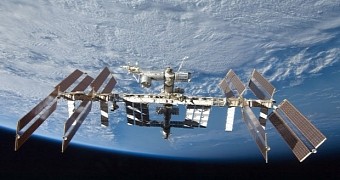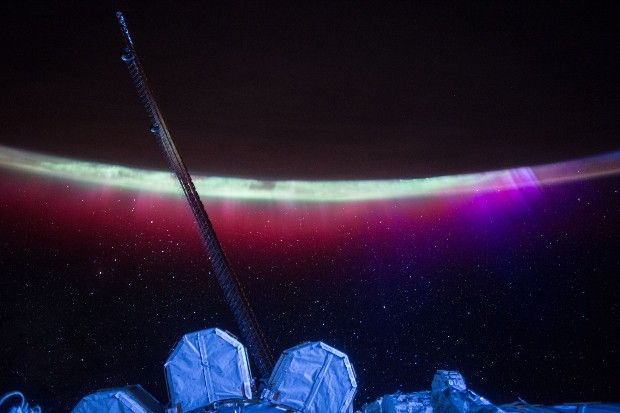Towards the end of last week, NASA astronaut Scott Kelly and the other cosmonauts now aboard the International Space Station got to feast their eyes on the Northern Lights from high up in our planet's orbit.
Space explorer Scott Kelly caught the gorgeous light display on film and, not one to keep such wonders all to himself, shared the photos on social media.
Of the images, one in particular, reshared by NASA earlier today and available below, is quite a sight. The photo, taken on August 15, shows a red and purple aurora.
There's also some green that's visible, but the red and the purple most definitely steal the show.
“#Aurora trailing a colorful veil over Earth this morning. Good morning from @space_station! #YearInSpace,” NASA astronaut Scott Kelly captioned the image.
As previously noted, auroras are born when energetic particles originating from deep space enter Earth's atmosphere and collide with oxygen and nitrogen atoms.
Collisions with oxygen result in yellowish-green or deep red auroras, while collisions with nitrogen birth blue or purplish auroras. It all depends on the altitude at which these encounters occur.
The reason auroras are usually brighter and more colorful in the aftermath of giant eruptions on the surface of the Sun, i.e. coronal mass ejections, is because such events send more energetic particles towards Earth.
As their enter our atmosphere and meet nitrogen or oxygen atoms, these particles put on quite a show.
“Aurora are one effect of such energetic particles, which can speed out from the sun both in a steady stream called the solar wind and due to giant eruptions known as coronal mass ejections or CMEs,” NASA scientists explain.

 14 DAY TRIAL //
14 DAY TRIAL // 

